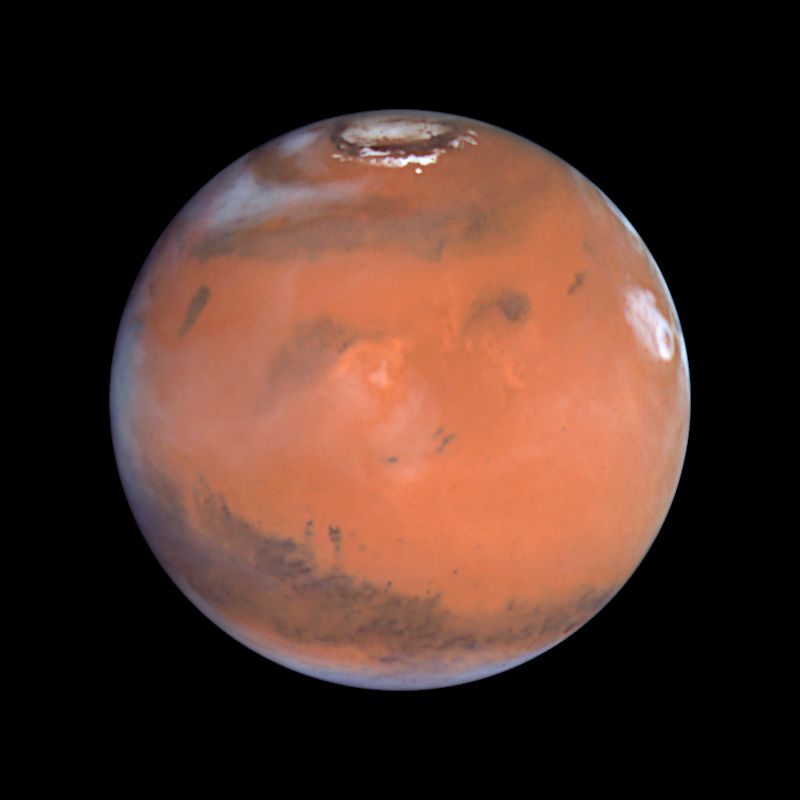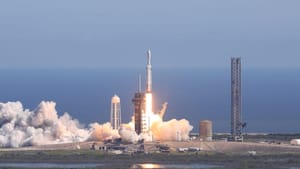
Oct 2, 2023
Habitable Exoplanets: what are they?
Exoplanets are planets that are beyond our planetary system. We have discovered over 5,000 of them already over the course of many years of space exploration and observations, and we estimate billions of them to exist in our galaxy alone. However, not all of them hold the term “habitable”. Why is that? Well, the term “habitable exoplanet” itself refers to a planet that, after countless observations and studies of it, shows signs of potentially being able to harbor life. In order for experts to properly classify them, they look for certain characteristics that are crucial for life. Let’s go ahead and find out what they are.
The top 5 traits of a habitable exoplanet:
#1 It is located in the “Goldilocks Zone”
If we look at our own planetary neighborhood, we realize that some planets, such as Venus, are too close to the Sun, therefore being far too hot and toxic for life to flourish on its surface. Other planets, such as Uranus, are far too distant from the Sun, making it impossible to live on its surface due to the freezing temperatures. On the other hand, Earth is the perfect distance from the Sun (150 million kilometers away), as it is not too hot or too cold, with an average temperature of 15 degrees Celsius. In other words, Earth is located in the “Goldilocks Zone”: the ideal distance between a star and a planet, where temperatures allow for life to start. Keep in mind that there is no exact distance for this, and it all depends on how big the star is, and its distance from its planet.

#2 The Presence of Liquid Water and Carbon
These 2 molecules are absolutely crucial for life, as they are responsible for it here on Earth. This has a correlation between trait number 1, as an exoplanet needs a good distance from its star in order to allow for water and carbon to form. If the planet is too close to its star, the water will evaporate (which is what we think happened to Venus) and if it's too far, the water will simply be frozen (just like on Mars’ polar ice caps). Carbon is an element that plays one of the most important roles in life, as without it, we wouldn’t be alive. It forms bonds between atoms and is present in carbon dioxide, which is present in the earth’s atmosphere, allowing the Earth to trap some heat.

#3 A Strong Magnetic Field
Our planet itself is constantly hit with cosmic radiation from space. Thanks to its magnetic field, they do not harm us. On top of that, the Sun itself emits rays that can be severely damaging to our planet. Again, our atmosphere acts as a protection field against them. This is no different for a habitable exoplanet.

#4 The Presence of Oxygen in The Atmospheric Composition of The Planet
The atmosphere of our home planet is mostly dominated by nitrogen and oxygen, and a minority of other gases. A habitable exoplanet must also have an atmosphere similar to ours, in order for different types of species to survive, including ours.
#5 A Stable Orbit
If the orbit of the planet is unstable and radically changes from one point to another, then this will influence the way species live on its surface. Being too close at some point and too far on another will damage the quality of life and make it even more challenging for any potential life, to prosper and grow as a species.
The Role of Space Technologies
Currently, most exoplanets we know are far too distant for us to reach them, with our closest neighbor being Proxima B. Therefore, we just observe and study them here on Earth with powerful and precise equipment. However, we don’t know what the future holds, and if we will ever land on an exoplanet, or find a new home.
With the rapid growth of technologies in all sectors, we could terra transform a planet that does not necessarily inherit all the characteristics of a habitable planet. Take for example the way we plan on changing Mars. That’s a topic for another article though.



